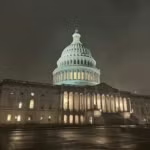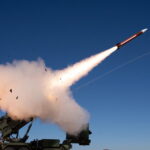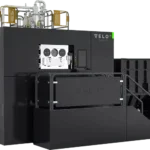
An emphasis on passenger convenience, low workforce morale, hesitancy of screening officers regarding physical contact with passengers to resolve alarms, and other factors help perpetuate aviation security risks, a Transportation Security Administration (TSA) official that oversees airport and airline compliance with transportation security regulations told a Senate committee on Tuesday.“Over the recent years the TSA has hired into leadership positions a number of former airline executives and others who place more emphasis on customer service and passenger wait times than…

 By
By 











